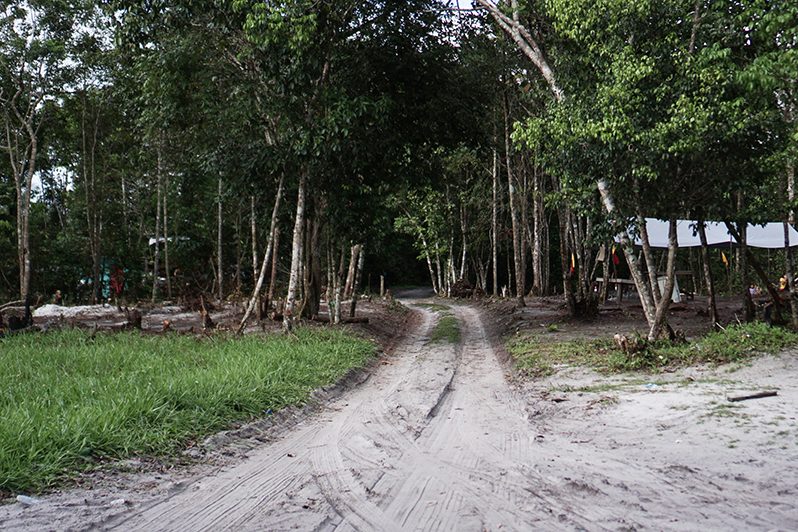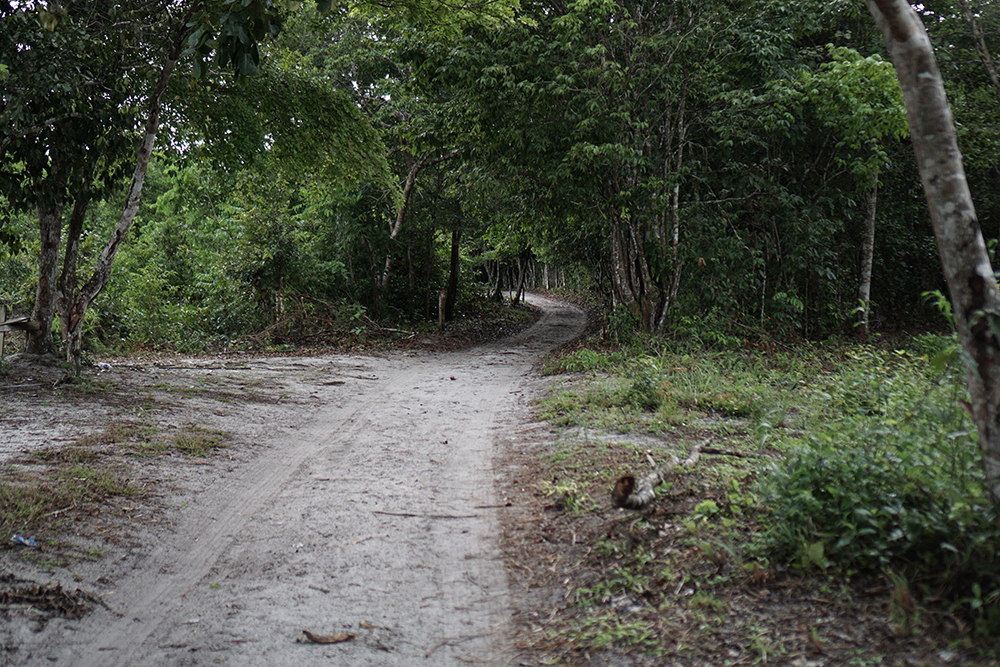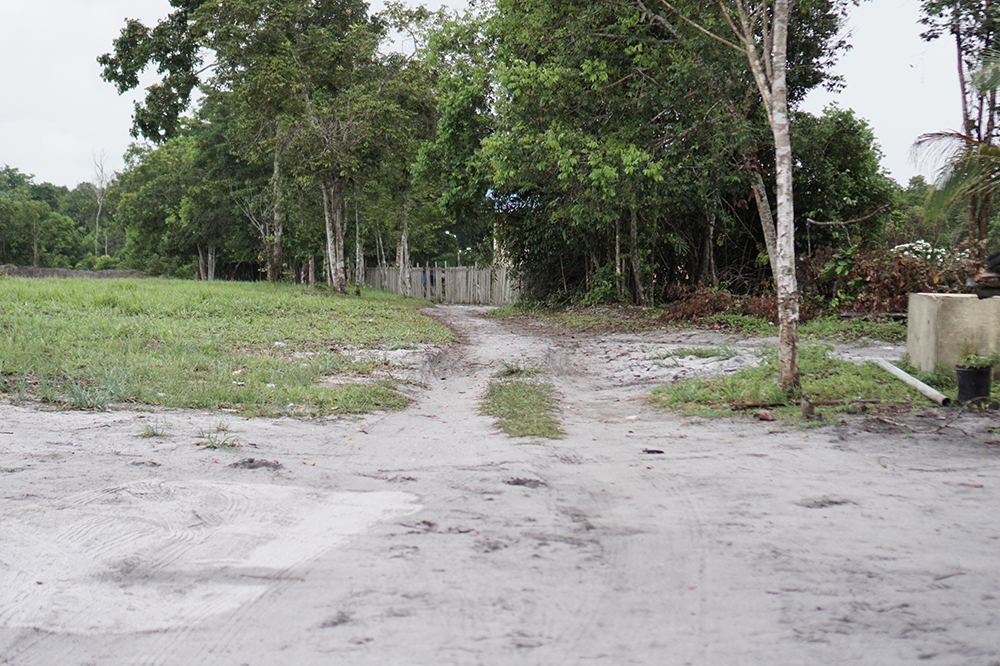Nature at its best
THIS week the Pepperpot Magazine journeyed overland to Tigerbone Banakari, a scenic village nestled deep along the Soesdyke-Linden Highway. This village is the ideal place to enjoy nature and live off the land and creek and the residents consist of a mixture of people, whose descendants were its first settlers are doing just that.
The people are friendly but have a lot of community-related issues that need to be resolved to foster community development. Tigerbone Banakari Village is between Dora and Kuru Kuru and forms part of Long Creek and Newtown.
Within this community, two miles inland is the home of large-scale farmer, Lakhan Budhan, whose farm is considered a paradise. The way of life of the people of this village is very simple and they utilise their skills to earn without potable water supply, electricity and all-weather roads.
This village is managed by a Community Development Council (CDC) and benefits from Presidential grants for community development and plans are on stream to construct a multi-purpose centre, where an ICT hub will be installed with computers, internet and furniture.
Tiberbone Banakari has a pavilion and the community centre ground is presently being cleared of bushes and weeds and is being levelled. The residents of this far-flung community are scattered and most of them reside miles inland in Banakari while, just a handful live closer to the highway and they have a few roadside shops.
The people of this village are charcoal burners, farmers, skilled persons, miners, chainsaw operators, wood cutters, shop owners and some self-employed folk. The unemployment rate among both adults and youths are alarmingly high and some people have resorted to small businesses, while others work on farms and cut sticks for bora crops.
There are several small creeks within this village, but the main one is about three miles inland and that area is used to fish and hunt for wild meat. At the rear of the village there is a small creek called Tigerbone, after which the village was named, and the place is also noted for its large population of jaguars and other wild animals of the big-cat species.
More than 43 acres of land are occupied and most of it belongs to the Guyana Forestry Commission (GFC) as reserve lands. The population was tallied at about 436 with 113 households, scattered in both sections of the village, that is, Tigerbone and Banakari.
There are no schools or health centre in this village and all services have to be accessed at nearby villages. In Tigerbone Banakari Village there is an abundance of trees, plants, fruits and coconuts which are small but contain a lot of water and it is indeed a very beautiful place which can become the ideal place to live if you are up to a more nature lifestyle.
The history of Banakari provided by Katherine Alfred, Villager, women’s group leader and community elder
The word “Banakari” is an Arawak word that has roots with the most ancient language of the word Sanskrit. In English translation, it means a dweller of/ cutter of/keeper of wood or a woodman.
This was the name that was given to the land by a woman named Doris Jacobs from the Arawak tribe. She travelled up the Demerara River with her grandchildren to find a much easier way of life in the year 1972. As they paddled up the river they came across a creek. Little did she know that this creek would change her life and the lives of others who followed.
After paddling for what seemed like four new moons, they stopped and built a Troolie hut to stay for the night. What she found was a paradise, a place where their lives were made easier; the kind of place for which she was searching. There were numerous species of trees which could be harvested to make charcoal, fish which she had never seen before and lots of wild meat to eat.
After a few months of settling in Banakari, she met Henry King and his two sons who were from the Warrau tribe and they travelled together from Morawhanna, Barima River, Region One. Like herself, they too came here in search of a better life. Henry King got married to Carmen William, another Arawak for she came in search of a better life also, but she migrated from the Pomeroon River. She wrote letters to her family describing Banakari and invited them to come and see for themselves.
They came and found it was exactly as she described in her letters and they never left, for life was easier there. In the year 1988 her father passed away; she informed her brother James Williams, who at the time resided in the Pomeroon River. Two years after in 1990, James’s wife passed away. Decoding that was best he and his family came and settled in Banakari. As the years passed on the Ramdeos, Stephens, Klass, Katttows and Mendocas settled in Banakari. Since then, Banakari has become a place of family settlement and to some an inheritance.




.png)













